Increased Construction Activities
The HVAC System Market is poised for growth due to the surge in construction activities across residential, commercial, and industrial sectors. As urbanization continues to expand, the demand for new buildings equipped with efficient HVAC systems is on the rise. In 2025, the construction sector is projected to grow by approximately 4% annually, creating a substantial market for HVAC installations. This growth is further fueled by government initiatives promoting sustainable building practices, which often include the integration of advanced HVAC technologies. Consequently, HVAC manufacturers are likely to benefit from increased orders and installations, thereby enhancing their market presence within the HVAC System Market.
Rising Energy Efficiency Standards
The HVAC System Market is experiencing a notable shift due to the increasing energy efficiency standards imposed by regulatory bodies. These standards aim to reduce energy consumption and greenhouse gas emissions, compelling manufacturers to innovate and enhance their product offerings. As of 2025, the market is projected to grow at a compound annual growth rate of approximately 5.5%, driven by the demand for energy-efficient systems. This trend not only aligns with environmental goals but also appeals to consumers seeking lower utility bills. Consequently, HVAC manufacturers are investing in advanced technologies to meet these stringent requirements, thereby fostering a competitive landscape within the HVAC System Market.
Growing Awareness of Indoor Air Quality
The growing awareness of indoor air quality (IAQ) is becoming a pivotal driver for the HVAC System Market. Consumers are increasingly recognizing the health implications associated with poor air quality, leading to a heightened demand for HVAC systems that improve IAQ. As of 2025, the market for air purification and filtration systems is expected to expand significantly, with a projected growth rate of around 6% annually. This trend is prompting manufacturers to develop systems that not only regulate temperature but also enhance air quality through advanced filtration technologies. The emphasis on IAQ is likely to reshape consumer preferences, driving innovation within the HVAC System Market.
Technological Advancements in HVAC Systems
Technological advancements are significantly shaping the HVAC System Market, with innovations such as smart thermostats, variable refrigerant flow systems, and IoT integration becoming increasingly prevalent. These technologies enhance system efficiency and user control, leading to improved energy management. The market for smart HVAC systems is expected to witness substantial growth, with estimates suggesting a valuation of over 20 billion dollars by 2026. As consumers become more tech-savvy, the demand for systems that offer remote monitoring and automation is likely to rise. This trend indicates a shift towards more intelligent and responsive HVAC solutions, which could redefine user experiences in the HVAC System Market.
Regulatory Incentives for Energy-Efficient Systems
Regulatory incentives aimed at promoting energy-efficient HVAC systems are playing a crucial role in shaping the HVAC System Market. Governments are increasingly offering tax credits, rebates, and other financial incentives to encourage consumers and businesses to invest in energy-efficient technologies. These initiatives are expected to stimulate market growth, with projections indicating a potential increase in energy-efficient HVAC system installations by 30% over the next five years. As consumers become more aware of the long-term cost savings associated with energy-efficient systems, the demand for such products is likely to rise. This trend underscores the importance of regulatory frameworks in driving innovation and adoption within the HVAC System Market.
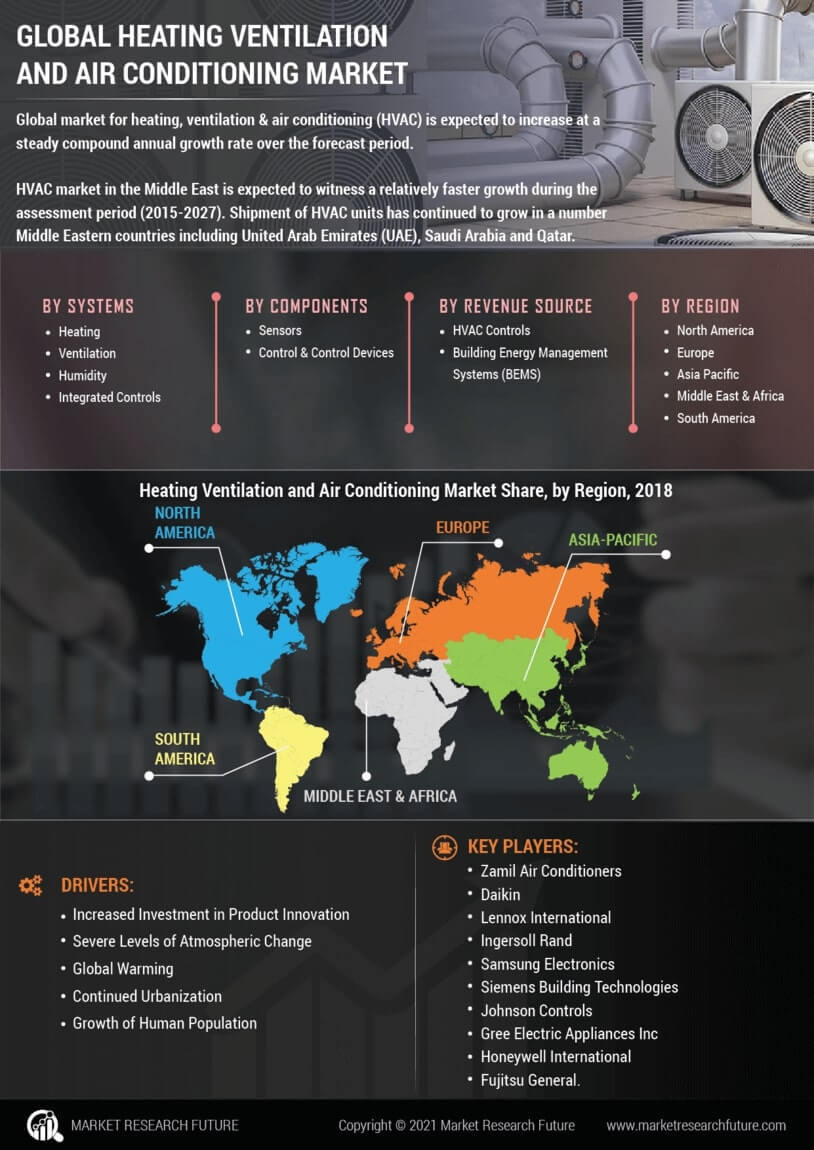

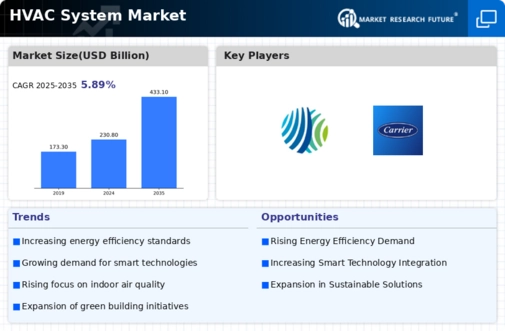

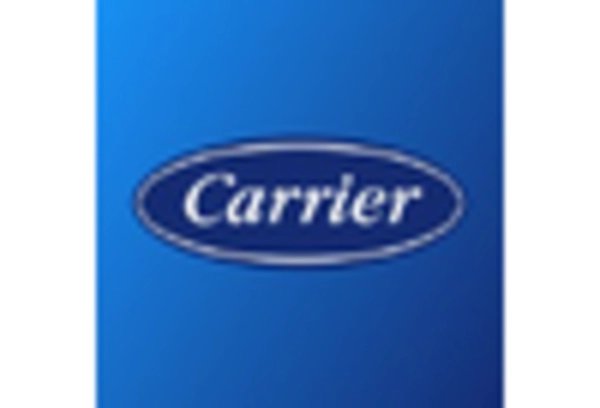
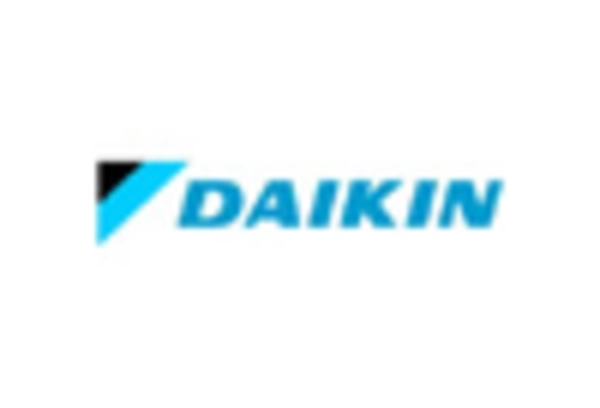

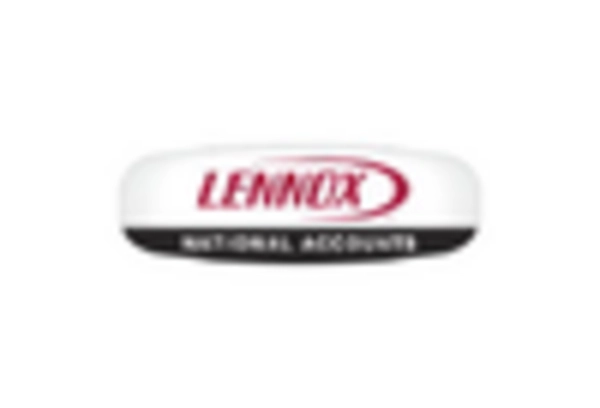

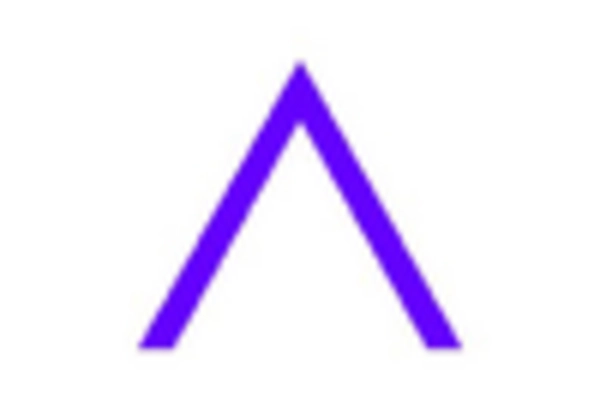








Leave a Comment